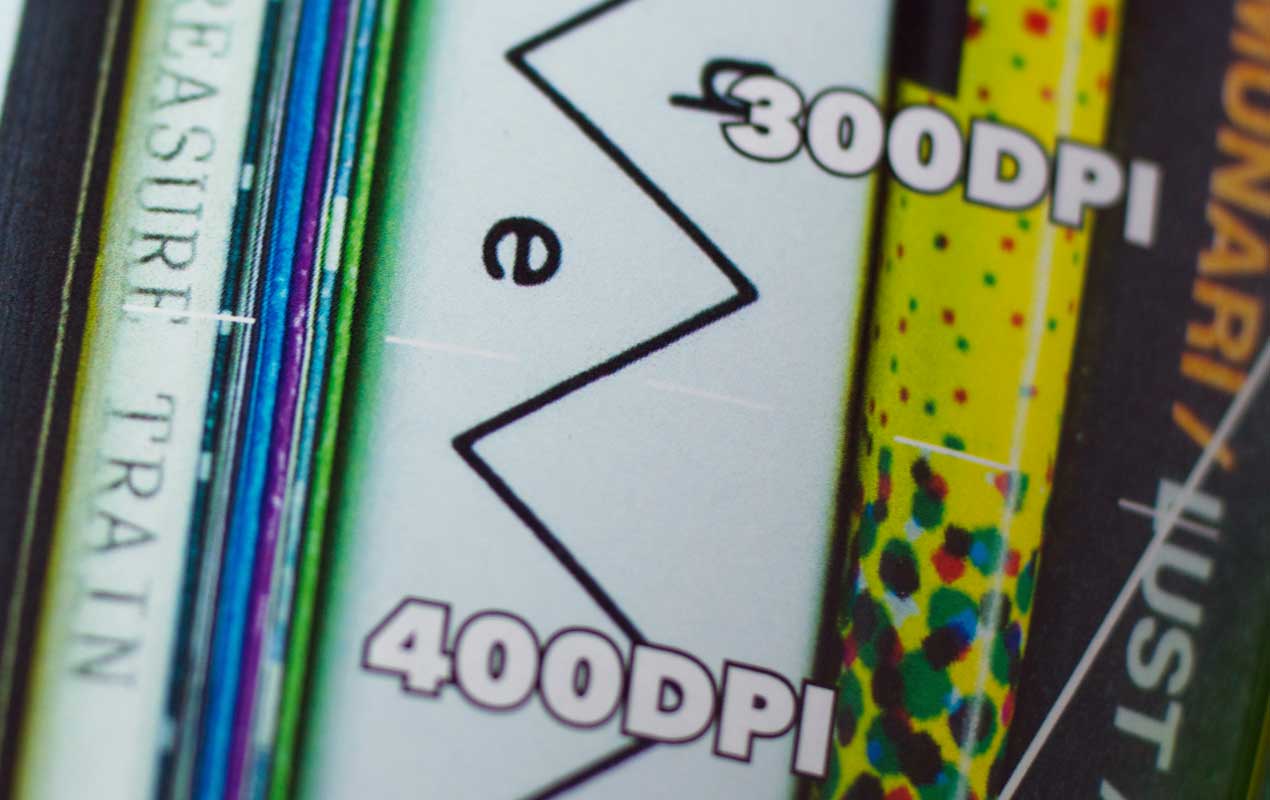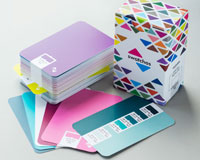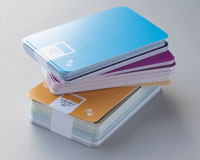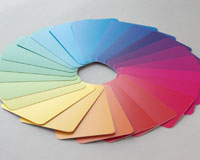for people who design things, then print them
DPI For Printing
What's the correct DPI for printing?
The Short Answer
If you're designing something that is going to be held in someone's hand (like a brochure or flyer) then the correct DPI is 300dpi. If you need to you can probably get away with 250dpi.
A poster needs a minimum resolution of about 100dpi if viewed at 6ft (2m).
Viewed at 30ft (10m) a billboard needs a minimum resolution of about 20dpi.
Printing a photo on your inkjet printer? Use 300dpi.
DPI: Better too high than too low
You can have a resolution that is too low, but you rarely have issues with an image where it's a little too high. So lean towards a higher resolution where possible.
The Long Answer

OK, so let's look at this a little more thoroughly…
Choosing a resolution (like 300dpi) is all about deciding at what point you can no longer see the pixels in an image. To work that out you need to consider two things:
- Viewing distance
- Printing method and material
But before we do that let's look at a few basics...
DPI Basics
- DPI stands for dots per inch.
- When talking about DPI here we're actually talking about pixels per inch (PPI). PPI is correct but DPI is more commonly used.
Viewing distance
This is the most important factor in deciding on your necessary resolution. Printing method and material may vary the required resolution slightly, but viewing distance can mean the difference between 300dpi and 1dpi.
Viewing distance affects your required resolution simply because if you stand further away from an image then the pixels get smaller. A billboard is rarely viewed closely so a resolution of 20-50dpi will probably be fine. But the key point is to take into account how far away the viewer will be.
Here's a handy little chart to help you decide on a suitable resolution. It is based on someone with good eyesight.
| Viewing Distance | Min Resolution |
| 0.6m / 2ft | 300 dpi |
| 1m / 3.3ft | 180 dpi |
| 1.5m / 5ft | 120 dpi |
| 2m / 6.5ft | 90 dpi |
| 3m / 10ft | 60 dpi |
| 5m / 16ft | 35 dpi |
| 10m / 33ft | 18 dpi |
| 15m / 50ft | 12 dpi |
| 50m / 160ft | 4 dpi |
| 60m / 200ft | 3 dpi |
| 200m / 650ft | 1 dpi |
Printing method and material

The printing method and material affects how sharp an image will be. So there may be times when using a resolution of more than 300dpi is worth considering. For example, The Print Handbook is printed using a stochastic screen which can produce finer detail than a normal halftone screen. As a result you can see the difference between 300dpi and 400dpi if you look very closely.
In contrast there may be times where there's no need for 300dpi. You may simply not be able to see the difference because the limiting factor is the paper/material or printing method. An example of this would be when printing on uncoated paper which tends to hold detail less well than coated paper. I would consider getting away with 200-250dpi on uncoated where as I may not on a really glossy coated paper.
In Conclusion
You can see when you dig into it that simply assuming 300dpi for every project is a mistake. But do remember that you can rarely make the mistake of having too high a resolution. But you can certainly have too low a resolution and end up with pixelated images. So try to lean towards too much detail rather than not enough.
Swatchos

Choose Colours With A Deck Of Cards
A box of cards for choosing colours and making colour schemes.
- 130 Cards
- CMYK Values
- RGB Values
- 900 Colours
- Millions of combinations
£36 / $47 / €43
Brought to you by
Swatchos
Pick Colours With A Deck Of Cards
A box of 130 cards for playing with colour. For digital or print creatives. RGB and CMYK values. Millions of combinations.




